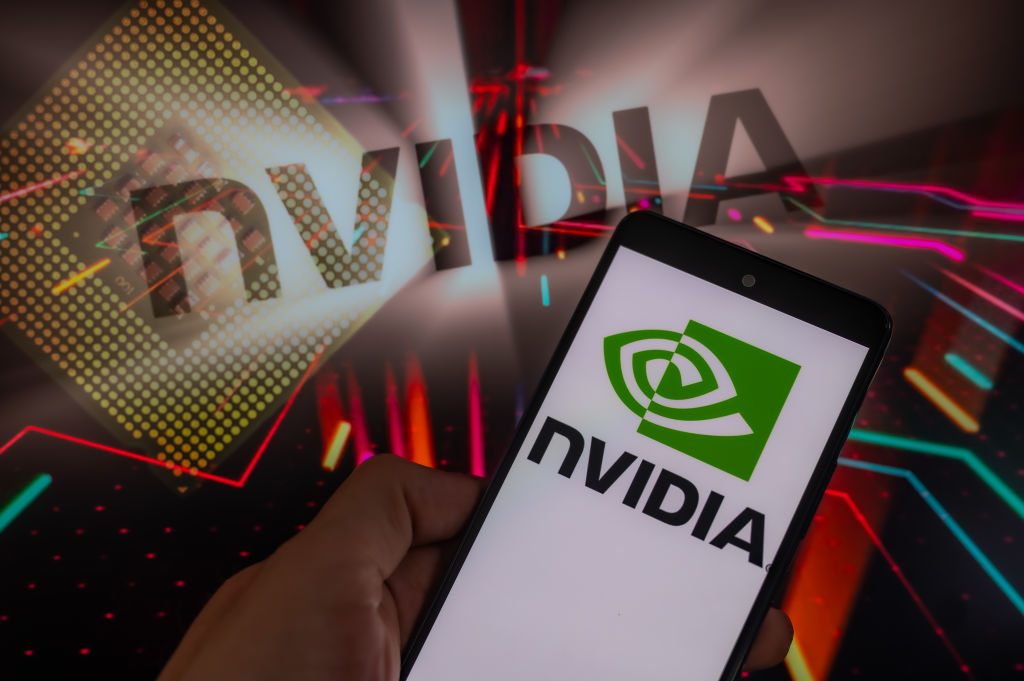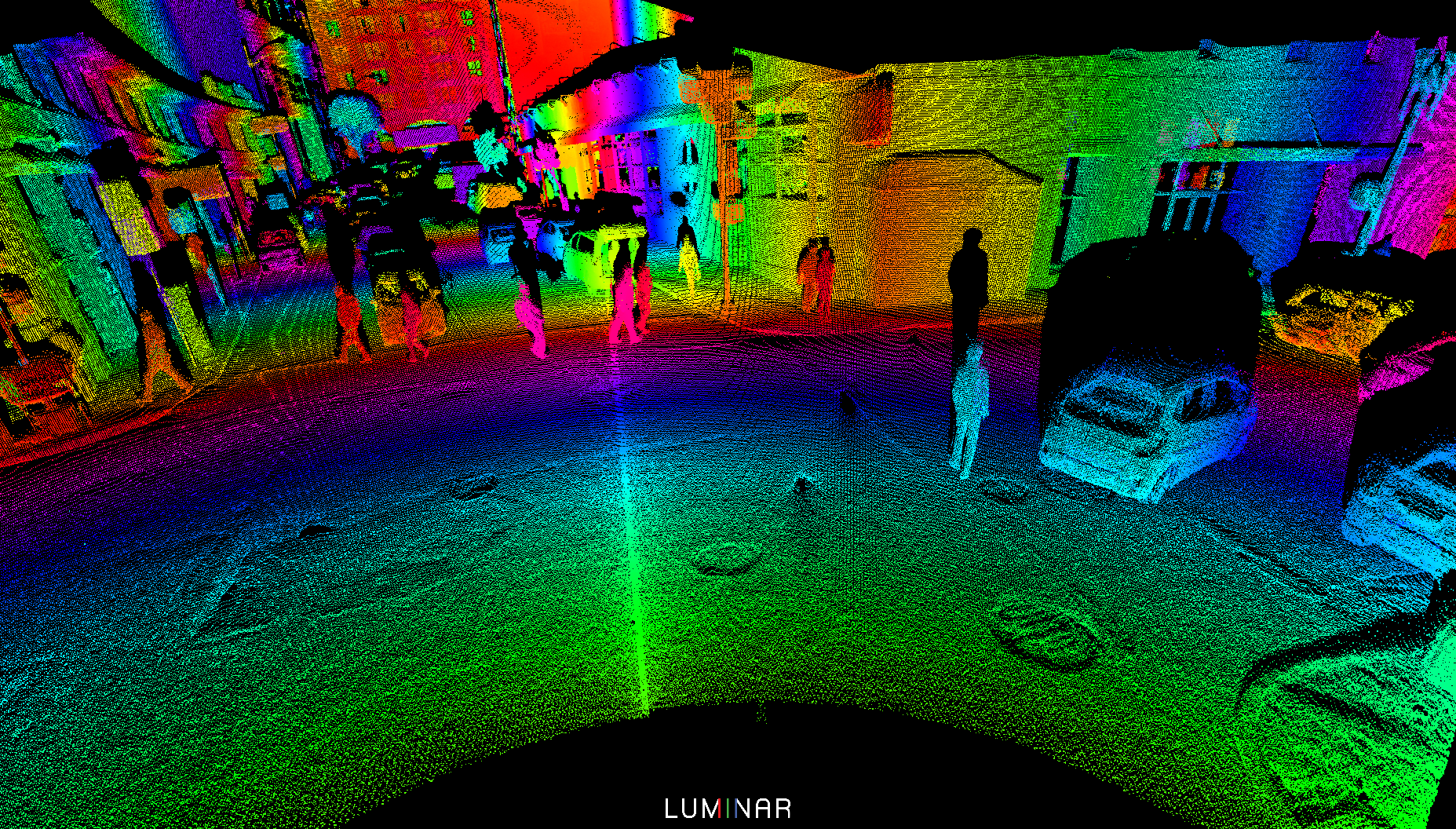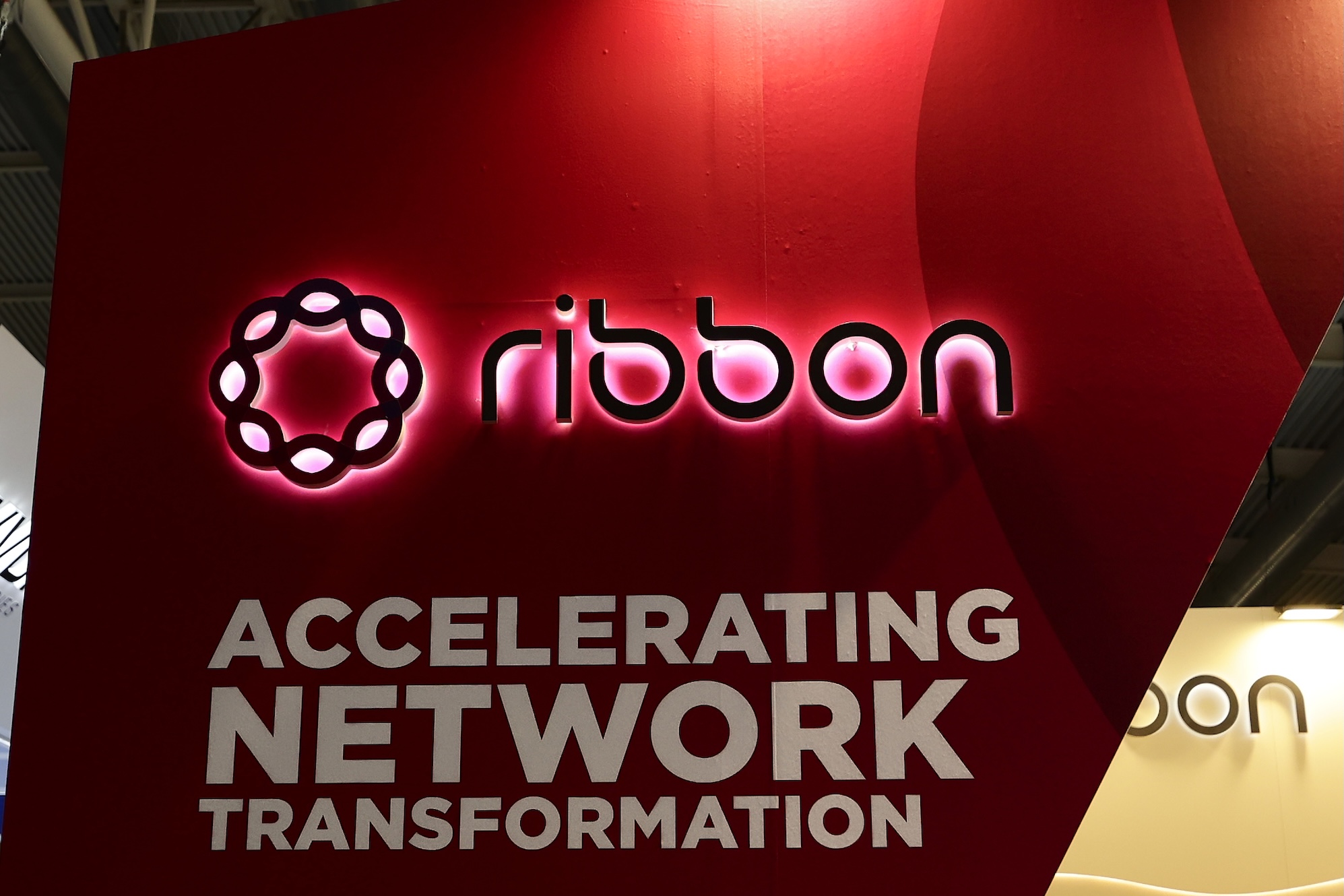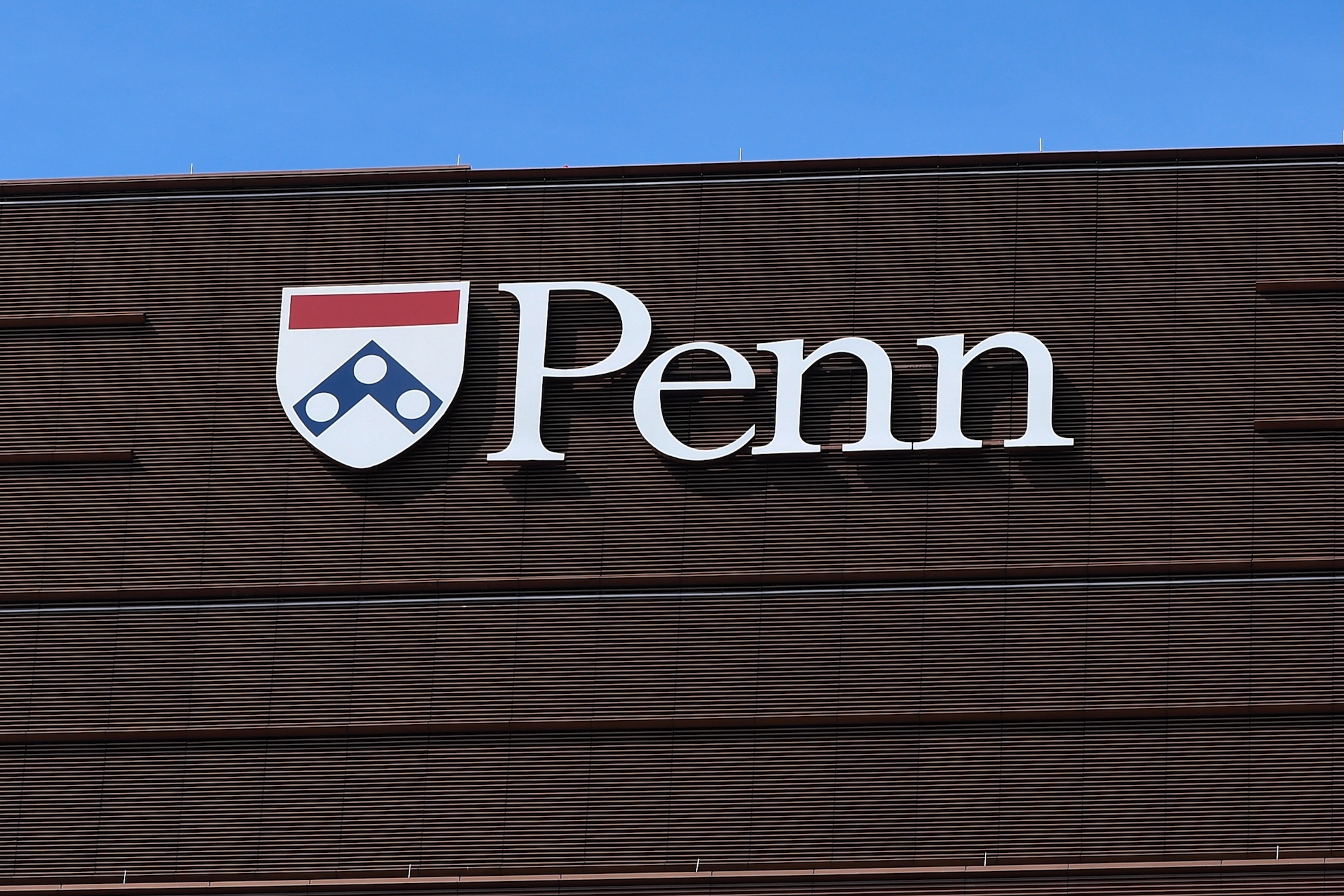
Shareholders of Core Scientific recently delivered a decisive rejection to an all-stock acquisition proposal from CoreWeave, a partner and competitor in the burgeoning artificial intelligence infrastructure sector. The offer, initially valued at approximately $9 billion, was voted down on Thursday, marking a significant turn of events in the competitive landscape of AI compute providers. This move highlights the volatile and rapidly appreciating valuations within the AI industry, as investors increasingly believe in the standalone potential of companies supplying the foundational compute power for advanced AI models.
The Unraveling of a Major Deal
The decision by Core Scientific’s stockholders to decline CoreWeave’s bid followed a strong recommendation to vote no from its largest shareholder, Two Seas Capital, an investment firm specializing in post-bankruptcy entities, led by Sina Toussi. Core Scientific itself had only recently emerged from Chapter 11 bankruptcy in January 2024, signaling a fresh start and a renewed focus on its strategic direction. The rejection of a major acquisition offer just months after exiting bankruptcy underscores a deep conviction among its investors regarding the company’s future prospects in the AI-driven economy.
CoreWeave, a high-growth AI data center provider, had proposed to acquire Core Scientific outright after already establishing a substantial operational partnership. The companies had previously inked a long-term, 12-year contract valued at $10 billion, under which CoreWeave would utilize Core Scientific’s extensive data center facilities to support its AI services. At the time of its announcement in July, CoreWeave’s all-stock offer represented a considerable premium over Core Scientific’s prevailing share price, yet the market dynamics shifted dramatically in the intervening months.
From Crypto Mines to AI Data Centers: A Shared Heritage
Both Core Scientific and CoreWeave share a common origin rooted in the volatile world of cryptocurrency mining. Core Scientific, founded in 2017, established itself as one of the largest digital asset mining companies in North America, operating massive data centers designed for high-density compute. Its journey through bankruptcy, primarily triggered by the severe crypto market downturn known as the "crypto winter" of 2022 and rising energy costs, provided a stark lesson in market cycles and operational resilience. Emerging from Chapter 11 with a deleveraged balance sheet and enhanced operational efficiency, the company was poised to capitalize on new opportunities.
CoreWeave also began its life as a crypto mining operation in 2017. However, recognizing the immense potential and demand for specialized computing infrastructure beyond digital currencies, the company strategically pivoted. By leveraging its expertise in high-performance computing and data center operations, CoreWeave transformed into a leading provider of cloud infrastructure optimized for AI and machine learning workloads. This transition was significantly bolstered by strategic partnerships, most notably with Nvidia, a dominant force in AI hardware. Nvidia’s investment and collaboration provided CoreWeave with crucial access to cutting-edge Graphics Processing Units (GPUs) and technical expertise, solidifying its position in the competitive AI infrastructure market. This shared history underscores a broader industry trend where infrastructure initially built for energy-intensive crypto mining found a new, lucrative purpose in powering the next generation of AI.
The AI Gold Rush and Shifting Valuations
The backdrop to this dramatic acquisition collapse is the unprecedented surge in investment and interest surrounding artificial intelligence. Since late 2022, fueled by breakthroughs in generative AI exemplified by tools like OpenAI’s ChatGPT, the technology sector has witnessed a frenzied "AI gold rush." This period has seen a massive reallocation of capital towards companies providing the underlying infrastructure necessary for AI development and deployment. Data centers, equipped with vast arrays of powerful GPUs, advanced cooling systems, and robust power supplies, have become the digital mines of this new era.
CoreWeave itself serves as a prime example of this valuation inflation. From its initial public offering (IPO), its market capitalization soared from an estimated $14 billion to a staggering $66 billion today, with its stock price experiencing a meteoric rise to approximately $140 per share. Investors perceive CoreWeave as a pure-play investment in the AI infrastructure boom, making its shares a valuable currency for strategic acquisitions. The original acquisition offer for Core Scientific was structured as an all-stock deal, intending to leverage CoreWeave’s highly valued equity. However, the rapid appreciation of AI-centric companies meant that what was once a premium offer quickly became perceived as undervalued.
Shareholder Strategy and Market Speculation
Sina Toussi’s rationale for recommending a "no" vote was direct and powerfully articulated. In an opposition letter filed with the SEC, Toussi highlighted the accelerating investment in AI infrastructure since the acquisition was first announced in July. He argued that this surge had driven the equity valuations of Core Scientific’s peers to "ever-greater heights," rendering the initial offer of approximately $16.40 per share insufficient. Toussi’s conviction was that Core Scientific, with its significant data center footprint and operational capabilities, could independently ride the wave of AI growth, potentially mirroring CoreWeave’s own trajectory.
The immediate aftermath of the shareholder vote reinforced this sentiment. Core Scientific’s stock price experienced an upward movement, pushing its market capitalization to around $6.6 billion. This reaction from the market indicates a widespread belief that the company’s assets and strategic positioning are worth more as an independent entity in the current AI climate. This scenario is becoming increasingly common in the AI sector, where sellers are holding out for higher valuations, confident that the demand for AI infrastructure will continue to drive up asset prices. It fuels ongoing discussions among financial analysts and industry observers about whether the current enthusiasm constitutes an "AI bubble" reminiscent of the dot-com era, or if the fundamental shifts in technology truly justify these exponential valuations.
CoreWeave’s Strategic Pivot: Beyond Infrastructure
Undeterred by the acquisition setback, CoreWeave swiftly pivoted its strategy, demonstrating its agility in a dynamic market. On the same day the Core Scientific deal was rejected, CoreWeave announced its acquisition of Marimo, an open-source competitor to the popular Jupyter Notebooks. The financial terms of the acquisition were not disclosed, though PitchBook estimates Marimo had raised around $5 million in prior funding rounds.
This acquisition signifies a strategic move for CoreWeave beyond merely providing raw compute infrastructure. Python notebooks, like Marimo, are essential developer tools that integrate code, rich media, and explanatory text into interactive, shareable files. They are widely used for data analysis, scientific computing, and increasingly, for developing and prototyping AI applications. By integrating Marimo, CoreWeave aims to "move up the stack," expanding its offerings from fundamental hosting services to providing a more comprehensive platform that supports the entire generative AI developer workflow. This move suggests CoreWeave’s ambition to cultivate a robust developer ecosystem around its powerful compute resources, making its platform more sticky and valuable to AI innovators. It acknowledges that providing just the hardware is only one piece of the puzzle; empowering developers with efficient, integrated tools is crucial for fostering innovation and capturing more value in the AI value chain.
The Broader AI Market Landscape
The events surrounding Core Scientific and CoreWeave serve as a microcosm of the broader trends shaping the AI industry. The insatiable demand for high-performance computing, particularly GPUs, is driving unprecedented investment in data centers and specialized infrastructure. Companies that can provide these foundational resources are experiencing rapid growth and escalating valuations. However, this environment also brings intense competition and strategic maneuvers. The refusal of Core Scientific shareholders to accept a $9 billion offer highlights the speculative nature of the current market, where the potential for future growth is priced very aggressively.
Moreover, CoreWeave’s swift acquisition of Marimo illustrates a nuanced understanding of the AI market’s evolution. While raw compute power is vital, the ability to democratize access to AI development and streamline the workflow for data scientists and engineers is equally critical. By investing in developer tools, CoreWeave positions itself not just as an infrastructure provider but as an enabler of AI innovation, seeking to capture value at multiple layers of the AI technology stack. The ongoing story of these companies will continue to be a bellwether for the health, direction, and potential risks within the high-stakes world of artificial intelligence.





